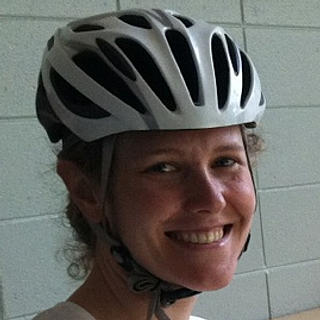Copy of Rigid Body Motion from Accelerometer Data
- PANTHER
- Jan 29, 2022
- 1 min read
A new publication from the Dr. Haneesh Kesari's group at Brown University:
in the journal Computer Methods in Applied Mechanics and Engineering
The highlights of the paper include:
Algorithm predicts a rigid body’s motion using only four tri-axial accelerometers.
The body’s rotational motion is obtained without time integrating its acceleration.
Algorithm provides the complete kinematics of rigid body motion in the lab frame.
4 tri-axial accelerometers can be in any orientation and any non-coplanar position.
Algorithm will facilitate use of finite element method based brain injury criteria.

Comparison of the predictions from the √AOAO and AOAO algorithms for the acceleration of the material particle 5X5X (see Fig. 4) in the rigid ellipsoid impact simulation (see Section 5.1 for details). Both the √AOAO and AOAO algorithms were fed the same virtual error-inclusive accelerometer data. The data was generated by adding a particular realization of the OU process to the virtual accelerometer data from the rigid ellipsoid impact simulation. The OU realization corresponded to the OU parameter set (μ,σ,β)=(1,10,103)(μ,σ,β)=(1,10,103). Subfigures (a), (b), and (c), respectively, show the comparison for the component of 5X5X’s acceleration in the eiei, i∈Ji∈ℐ, directions. The predictions of the √AOAO algorithm when fed just the virtual accelerometer data, i.e., with no added errors, is also shown in (a), (b), and (c) using black open circles.




Comments